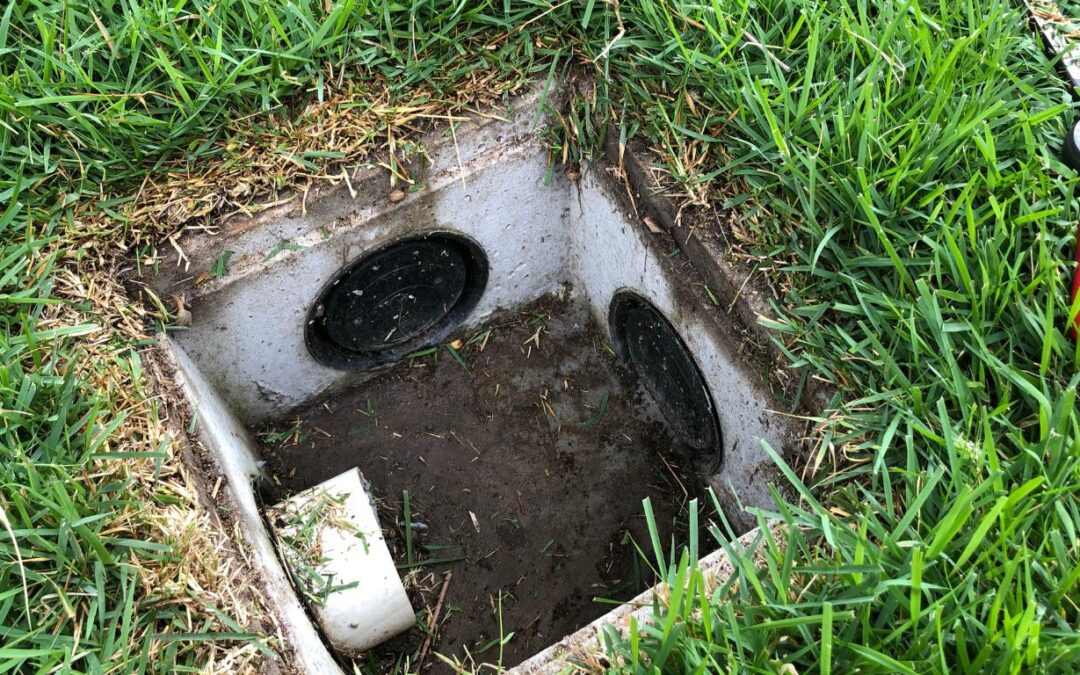The Ultimate Guide to French Drains: Easy DIY Installation
Ready to tackle that drainage problem? Our step-by-step guide makes building a French drain DIY-easy. Check it out now!
Understanding French Drains
What is it?
A French drain is basically a trench filled with gravel and a perforated pipe that redirects surface water and groundwater away from a specific area. It’s a simple yet highly effective solution for managing water runoff and preventing water damage.
How Do French Drains Work?
Water seeps into the gravel-filled trench and is then channeled into the perforated pipe. The pipe, laid on a slope, carries the water to a suitable discharge point, such as a storm drain, ditch, or dry well. This prevents water from pooling around your foundation or saturating your lawn.So What is a French drain?
Uses for French Drains in Durban
- Protecting foundations: Heavy rainfall can put immense pressure on foundations, leading to cracks and structural damage. French drains divert water away, safeguarding your home’s structural integrity.
- Preventing basement flooding: Basements are particularly vulnerable to flooding during Durban’s rainy season. A French drain can intercept water before it reaches your basement walls.
- Improving lawn drainage: Say goodbye to soggy lawns and muddy patches. French drains help to improve soil drainage, promoting healthy grass growth.
- Drying out crawl spaces: Damp crawl spaces can attract pests and encourage mold growth. A French drain can help to keep this area dry.
- Protecting retaining walls: Water buildup behind retaining walls can cause them to collapse. A French drain can alleviate this pressure.
How to plan
Make sure you choose the right location
The ideal location for a French drain is along the path of water flow, intercepting it before it reaches the problem area. For foundation drainage, the drain should be installed around the perimeter of your house. For lawn drainage, it should be placed in the area where water tends to accumulate.
Obtaining Necessary Permits
In Durban, you may need to obtain permits from the eThekwini Municipality before installing a French drain, especially if it involves connecting to the municipal stormwater system. It’s always best to check with the local authorities to ensure compliance with building regulations.
Materials Needed for a French Drain
- Shovel and spade: For digging the trench.
- Wheelbarrow: For transporting soil and gravel.
- Level: To ensure the trench has the correct slope.
- Tape measure: For measuring the trench and pipe.
- Hand tamper: For compacting the gravel.
- Utility knife: For cutting the pipe and fabric.
- Safety glasses and gloves: To protect yourself during the installation process.
Step-by-Step Installation Process
Step 1: Marking the Drain Path
Use spray paint or stakes and string to mark the desired path of your French drain. Remember to maintain a consistent slope towards the discharge point.
Step 2: Digging the Trench
Dig a trench that is wide enough to accommodate the pipe and gravel (at least 12 inches wide) and deep enough to allow for adequate drainage (typically 18-24 inches deep). Remember to consider the slope – aim for a gradient of at least 1% (1 foot of drop for every 100 feet of length).
Step 3: Creating a Slope
Use a level to ensure the trench has a consistent slope towards the discharge point. This is crucial for ensuring proper water flow.
Step 4: Laying the Pipe
Line the trench with landscape fabric, leaving enough excess to fold over the gravel later. Place a layer of gravel at the bottom of the trench, then lay the perforated pipe on top, ensuring the perforations face downwards.
Step 5: Adding Gravel
Fill the trench with gravel, completely covering the pipe. Leave a few inches of space at the top for the folded-over landscape fabric and backfill.
Step 6: Covering the Drain
Fold the excess landscape fabric over the gravel. Backfill the trench with the excavated soil, compacting it as you go to prevent settling. You can also top it off with topsoil and grass seed or decorative stones for a more aesthetically pleasing finish.
Maintenance and troubleshooting
Regular Inspections
Inspect your French drain periodically, especially after heavy rains, to ensure it’s functioning correctly. Look for any signs of clogging or water buildup.
Cleaning Out Clogs
If you notice any clogs, you can try flushing the drain with a garden hose or using a drain snake to remove debris. For more stubborn blockages, you may need to excavate a section of the drain to clear it.
Signs of Drain Problems
- Water pooling in the same areas despite the French drain.
- Soggy patches in your lawn or around your foundation.
- Water backing up into your basement or crawl space.
- Visible damage to the drainpipe or surrounding area.

Can I do a French drain myself?
- Absolutely!
- With the right tools, materials, and a bit of elbow grease, you can tackle this project yourself.
- However, if you're unsure about the process or dealing with complex drainage issues, it's always best to consult us on 072 641 3447
How much does it cost to install a French drain in South Africa?
- The cost varies depending on the length of the drain, the materials used, and whether you hire a professional.
- Get in touch with us for accurate pricing


Recent Comments